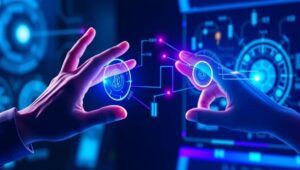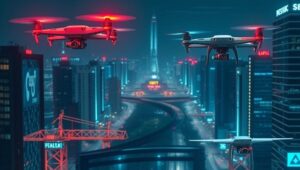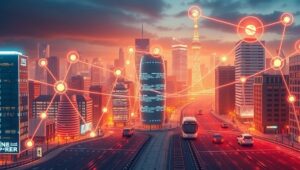May 19, 2025
Smart Buildings: Efficiency, Comfort, and Security via IoT (2025)
Smart Buildings: Efficiency, Comfort, and Security via IoT (2025) Smart buildings are revolutionizing how we interact with our environments. By integrating Internet of Things (IoT) devices, these buildings offer enhanced efficiency, comfort, and security. This article delves into the core components of smart buildings, exploring how they operate and the benefits they provide as we approach 2025. What Defines a Smart Building? A smart building uses technology to automate processes, optimize resource utilization, and create a more responsive environment. This involves connecting various systems such as HVAC, lighting, security, and energy management through a central network. Key Components of a












